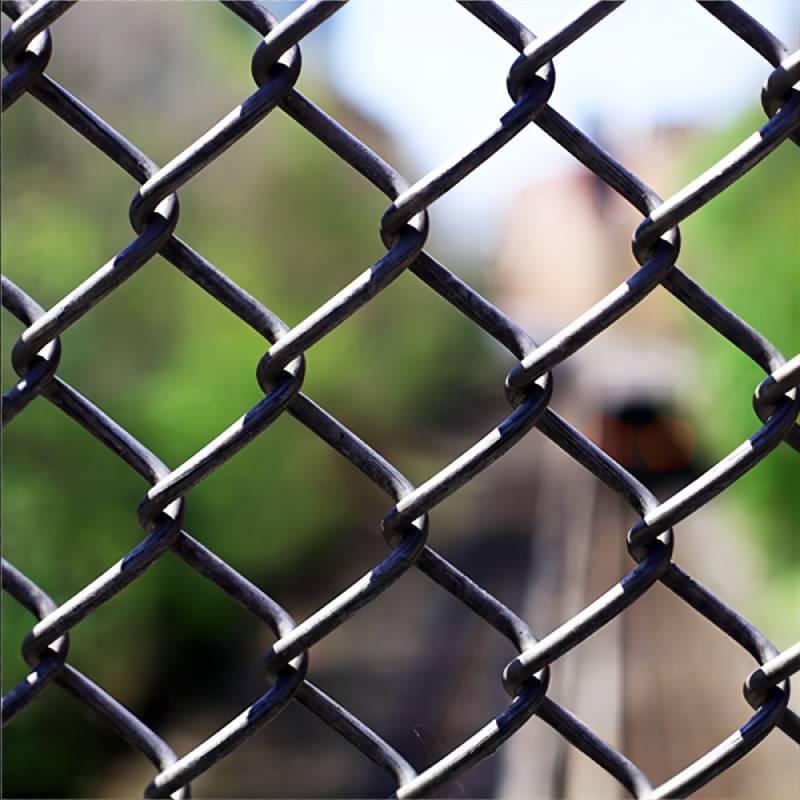Optimal Pole Selection for Effective Chicken Wire Fencing Solutions
Understanding the Use of Poles for Chicken Wire Fencing
When it comes to protecting their backyard chickens, many poultry enthusiasts turn to chicken wire fencing as a practical solution. While chicken wire itself is vital for keeping chickens contained and safeguarding them from predators, the effectiveness of the fencing largely depends on how it is installed. This is where the importance of incorporating sturdy poles into the setup comes into play.
What Is Chicken Wire?
Chicken wire, also known as hexagonal wire netting, consists of thin wire strands twisted together to form a mesh. Originally designed for fencing poultry, it has become an essential component in various agricultural and gardening applications. Its primary purpose is to create a barrier between chickens and potential threats, such as raccoons, foxes, and hawks, while also preventing the birds from wandering off and getting lost.
The Importance of Using Poles
To maximize the effectiveness of chicken wire, it is crucial to support it with robust poles. The poles not only provide structure but also ensure that the fencing remains taut and properly positioned. Without adequate support, chicken wire can sag or collapse, allowing gaps that predators could exploit.
When deciding on the type of poles to use, there are several options available. Wooden posts are a popular choice due to their natural availability and ease of installation. However, they are prone to rotting over time, especially when in contact with moist soil. Therefore, pressure-treated lumber or cedar wood, known for its durability, is often recommended.
poles for chicken wire

Metal poles are another practical alternative. Galvanized steel or wrought iron options offer superior strength and longevity, standing up to harsh weather conditions and even the weight of animals attempting to climb or push against the fence. While they may come at a higher initial cost, the long-term benefits often outweigh the investment.
How to Install Poles for Chicken Wire Fencing
Installing poles for chicken wire fencing requires careful planning and execution to ensure the structure is safe and effective. First, define the layout of the chicken yard and mark where the poles will be placed. Typically, poles should be spaced about 6 to 8 feet apart, depending on the height of the fence and the type of soil.
Next, dig holes for the poles, ensuring they are deep enough to provide stability—usually one-third of the pole’s length is a good rule of thumb. For added strength, consider using concrete to set the poles, particularly if you live in an area prone to heavy winds or storms.
Once the poles are secured, attach the chicken wire to them using staples, ties, or wire. It’s essential to pull the wire tight as you secure it to prevent sagging. Don’t forget to bury the bottom edge of the chicken wire several inches underground to deter burrowing animals from getting into the enclosure.
Conclusion
In conclusion, the use of poles for chicken wire fencing is a critical component of creating a secure and effective enclosure for backyard chickens. By choosing the right materials and ensuring proper installation, chicken owners can protect their flocks from predators and provide a safe environment for them to thrive. Whether you opt for wooden or metal poles, the goal remains the same to create a safe haven for your chickens where they can roam freely while staying protected from the outside world. With proper care and maintenance, your chicken wire fencing will serve you well for years to come, making it a wise investment for any poultry enthusiast.
-
Space-Saving Chain Fence Hacks Vertical Gardening with Cyclone MeshNewsJul.16,2025
-
Innovations in Iron Nail Wire Production for Modern ConstructionNewsJul.16,2025
-
Creative Uses of Wire Netting Fence in Modern Landscape DesignNewsJul.16,2025
-
Barbed Wire Fence Innovations in Anti-Climb TechnologyNewsJul.16,2025
-
Architectural Uses of Umbrella Nails for Aesthetic Roof DesignsNewsJul.16,2025
-
Architectural Uses of Razor Barbed Wire in Secure Urban DesignNewsJul.16,2025




